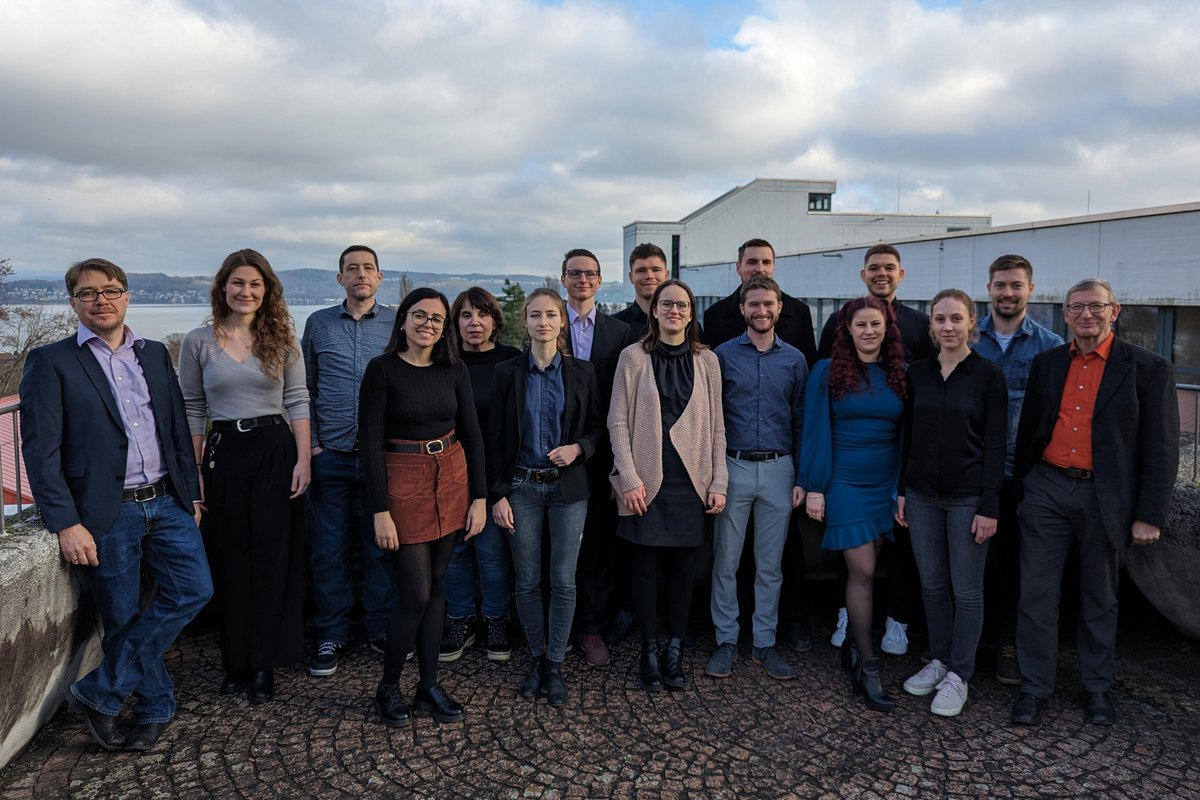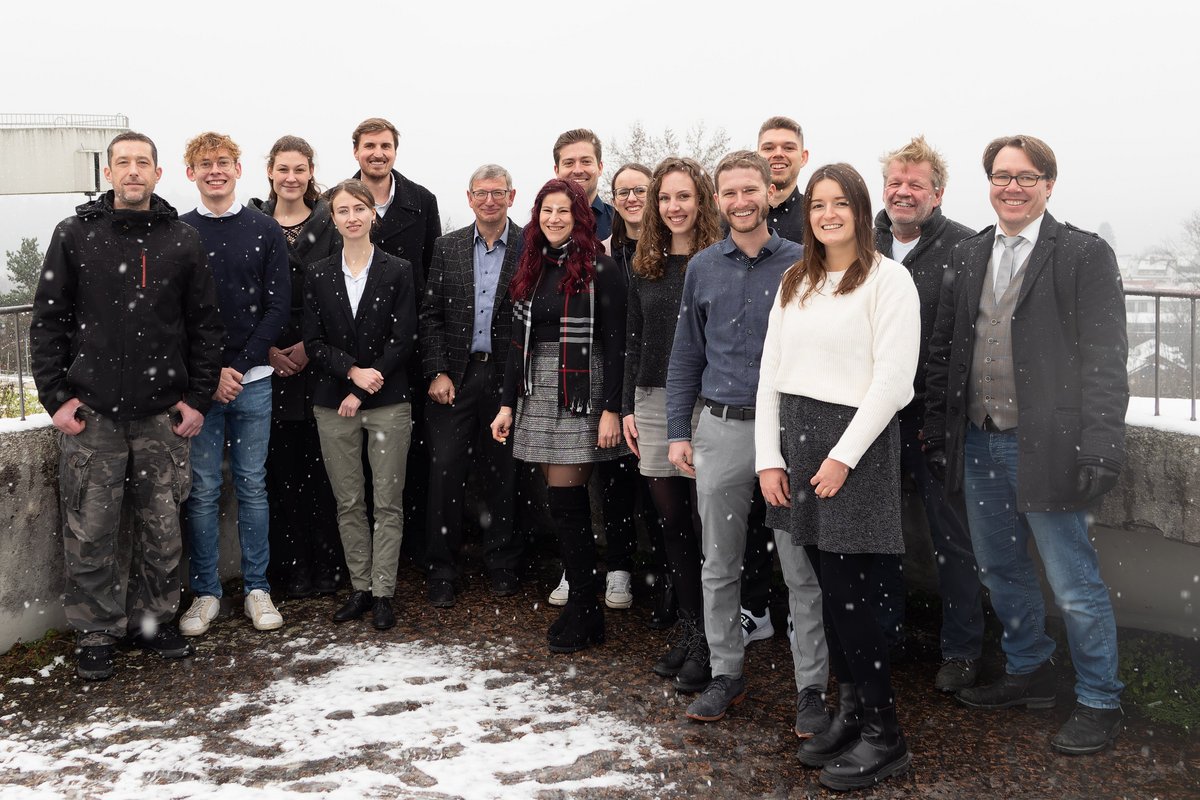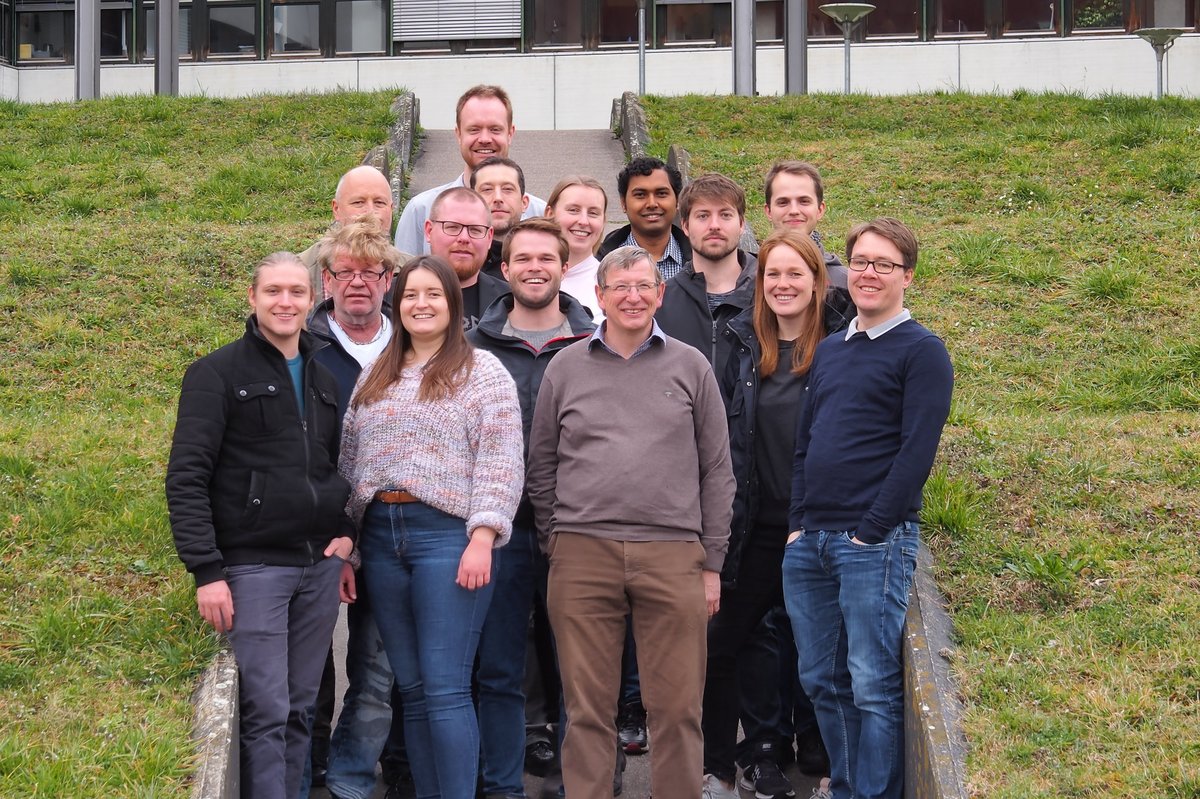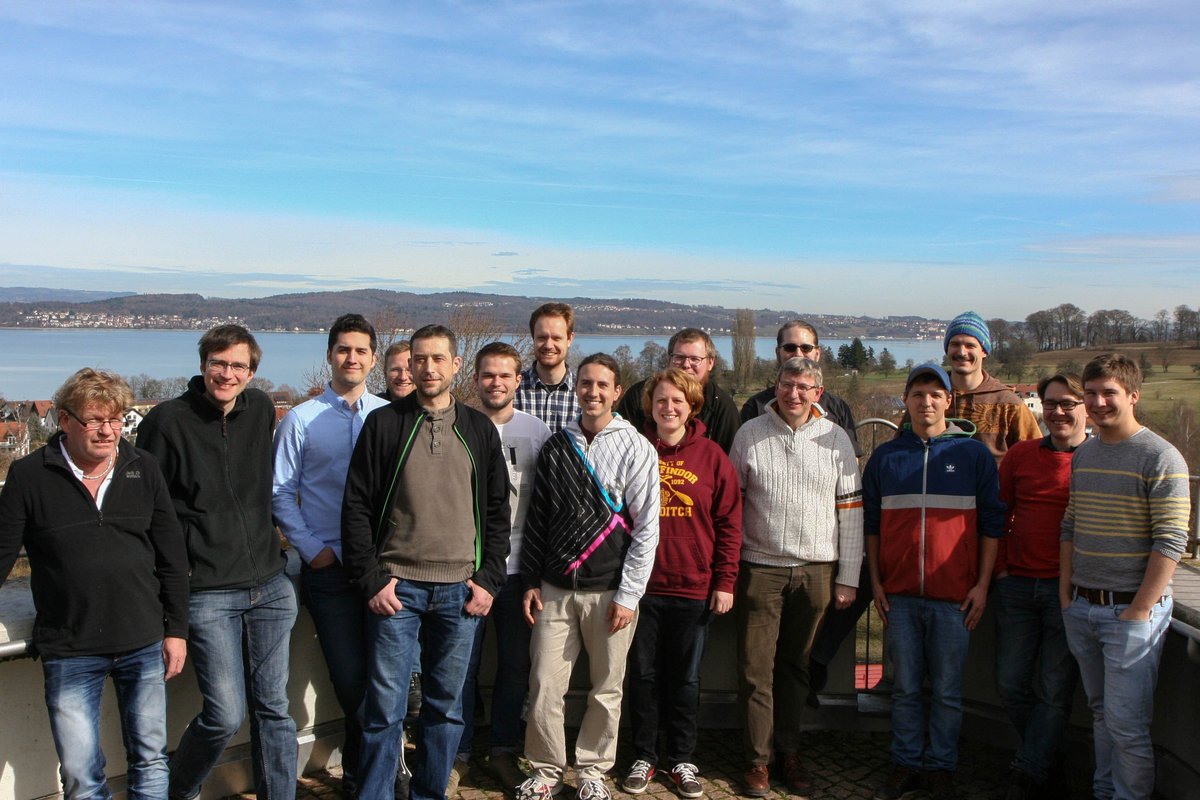Jan's Review Article Online!
Jan Herberger, Rainer F. Winter
Coord. Chem. Rev., 2019, 400, 213048.
Attachment of a dye to a platinum-coligand entity via a direct Pt-C(aryl) σ-bond has a great impact on its photophysical properties. Apart from the trivial effect of altering the associated absorption and emission wavelengths, the close proximity to the heavy platinum ion with its large intrinsic spin-orbit coupling constant accelerates intersystem crossing (ISC). For many complexes, this effect is further augmented by charge-transfer contributions to certain absorption bands, which provides another, even more efficient pathway for promoting ISC according to the rule of El-Sayed. As an immediate consequence, the fluorescence emission of the free dye is often quenched. On the other hand, the same mechanisms also accelerate ISC from an excited triplet state to the ground state S0. This switches on phosphorescence from the dye ligand, which is either absent in the free dye or can only be observed at low T, usually at 77 K. Depending on the balancing of the associated rate constants for the fluorescence emission, ISC from excited Sn states to the T manifold, as well as ISC from the T1 state to the S0 ground state, the complexes are either weakly fluorescent, or weak to very powerful phosphorescence, or dual fluorescence and phosphorescence emitters. In this review, we discuss the photophysical properties of complexes with mono-, bi-, or polydentate ligands, which contain at least one dye, which attaches to the platinum(II) ion via a direct platinum-aryl bond. We also discuss relevant work on bichromophoric complexes with two dye ligands and the additional prospects of energy transfer from one dye ligand to the other, or of separate emissions from the different dyes.




